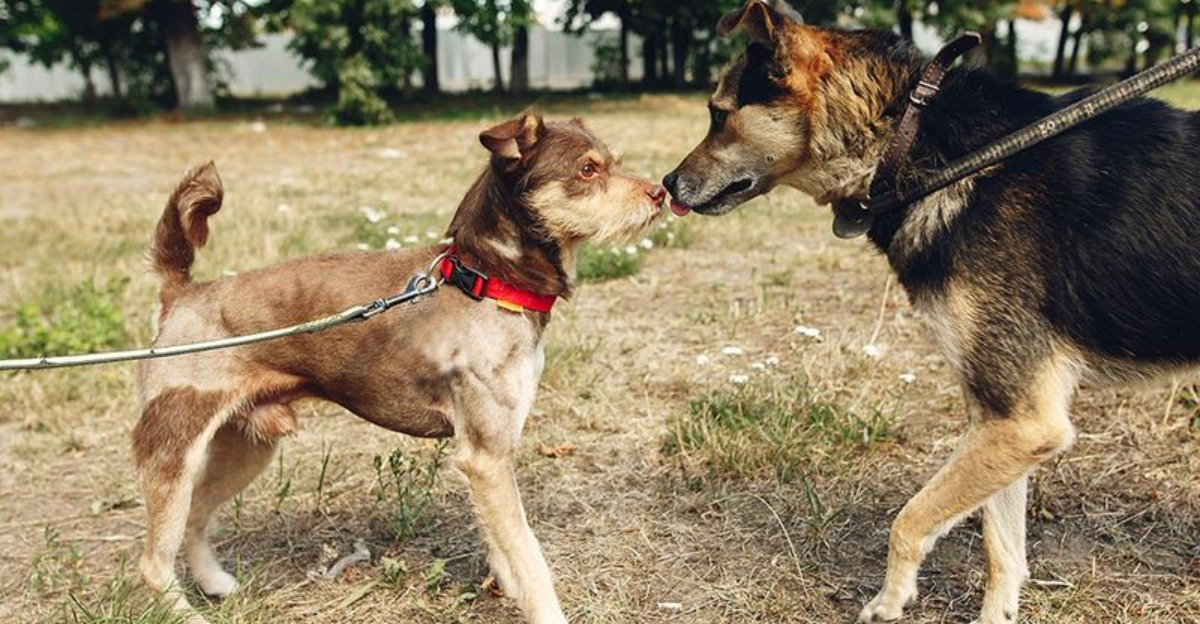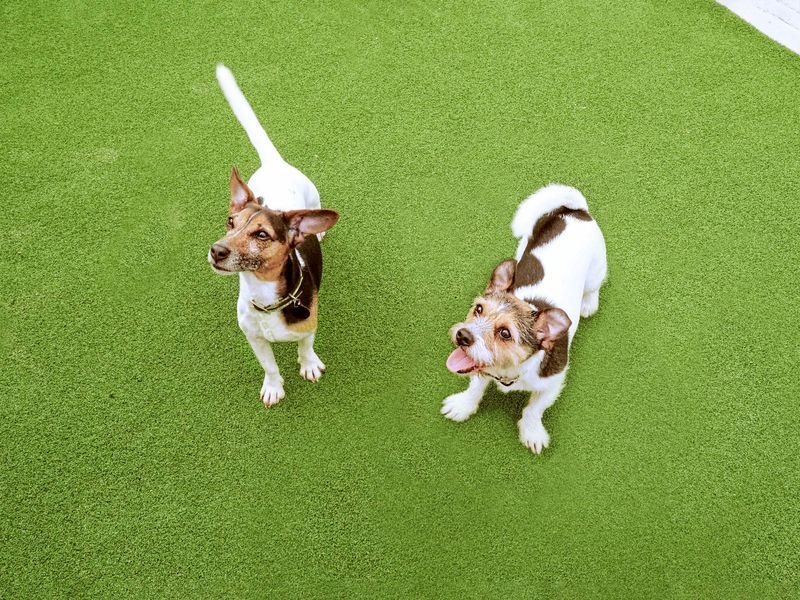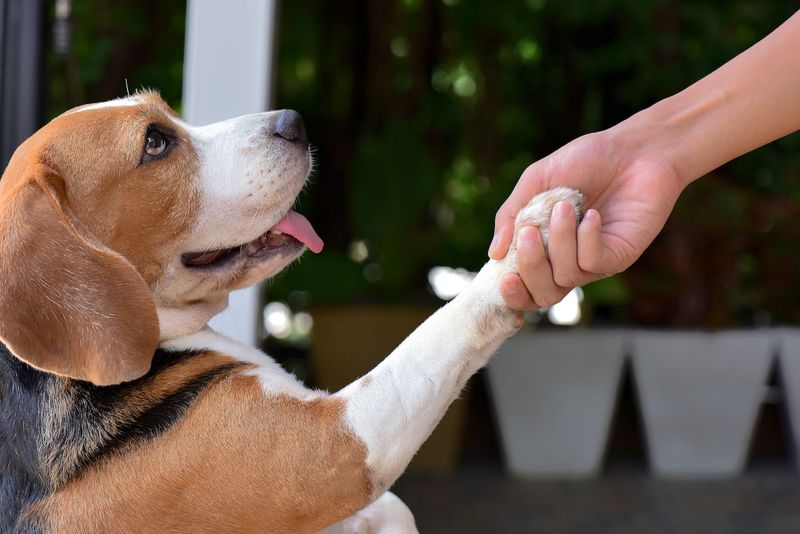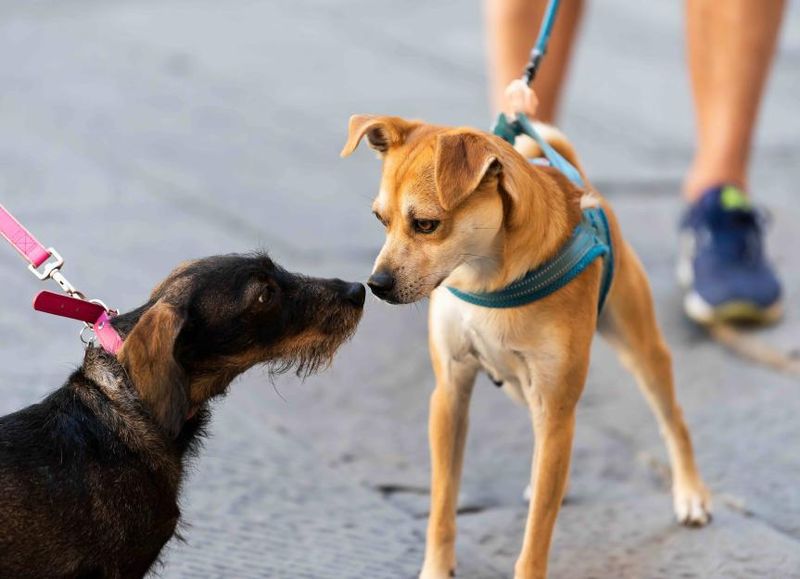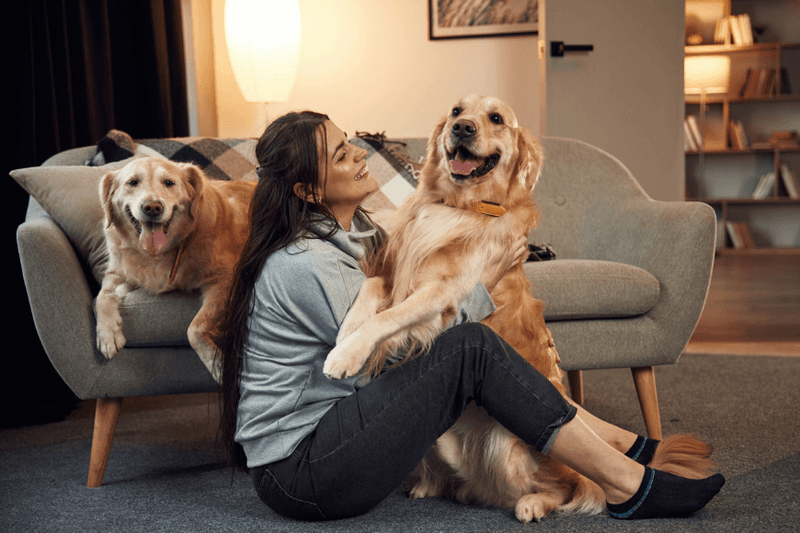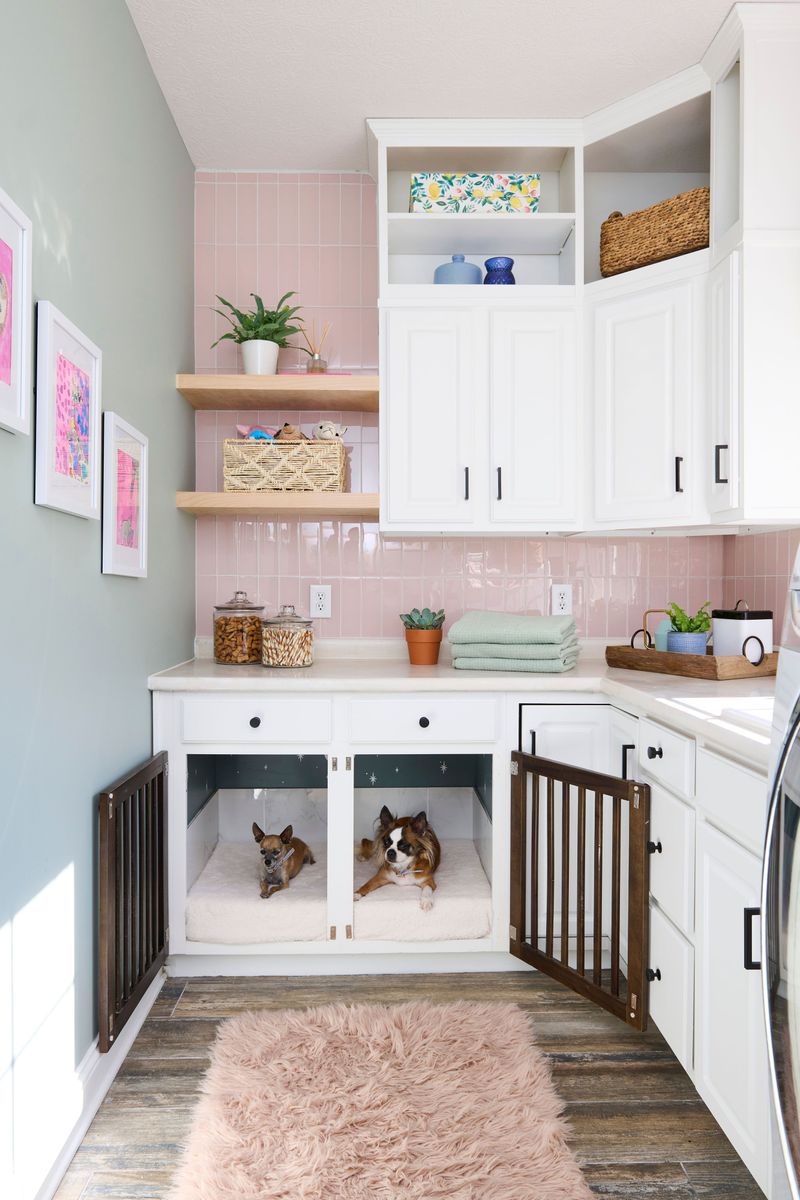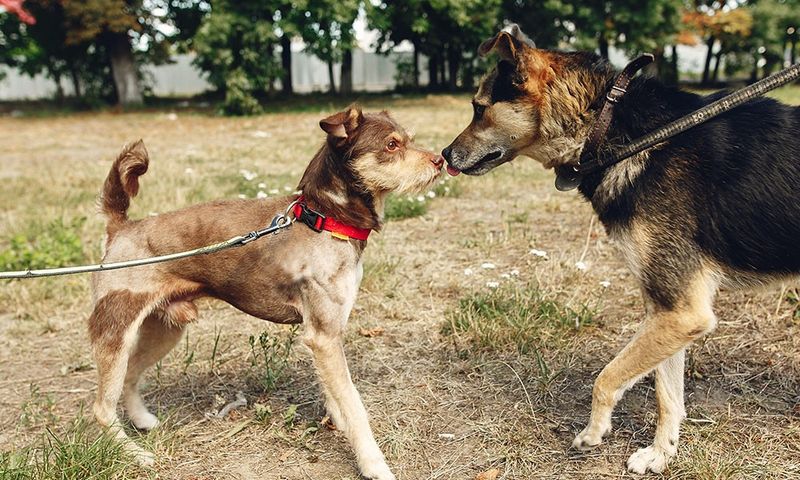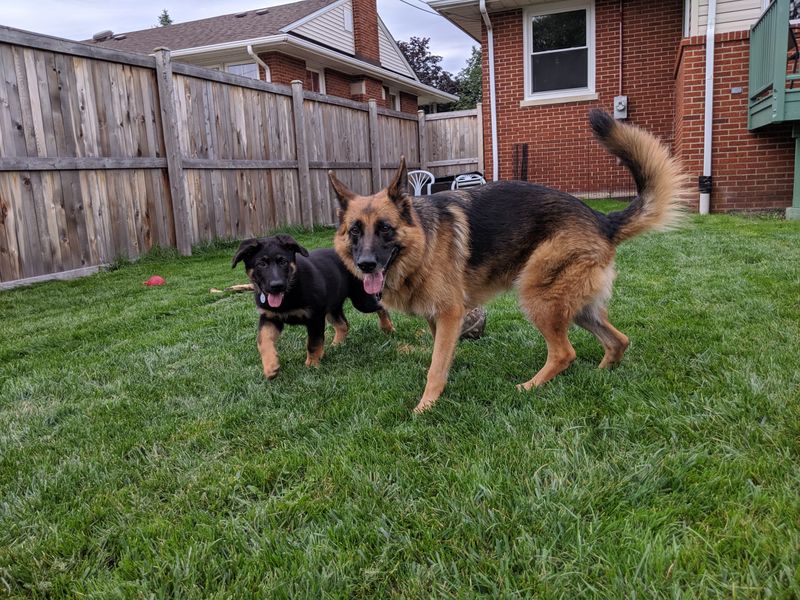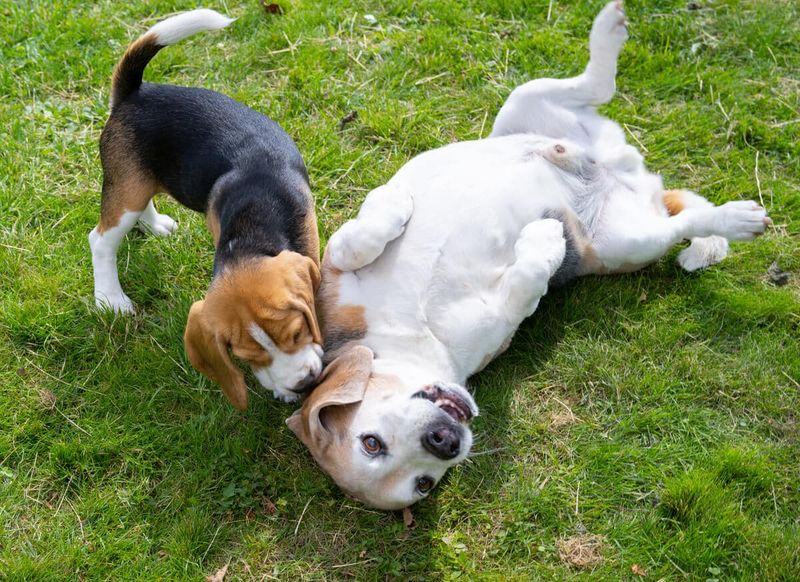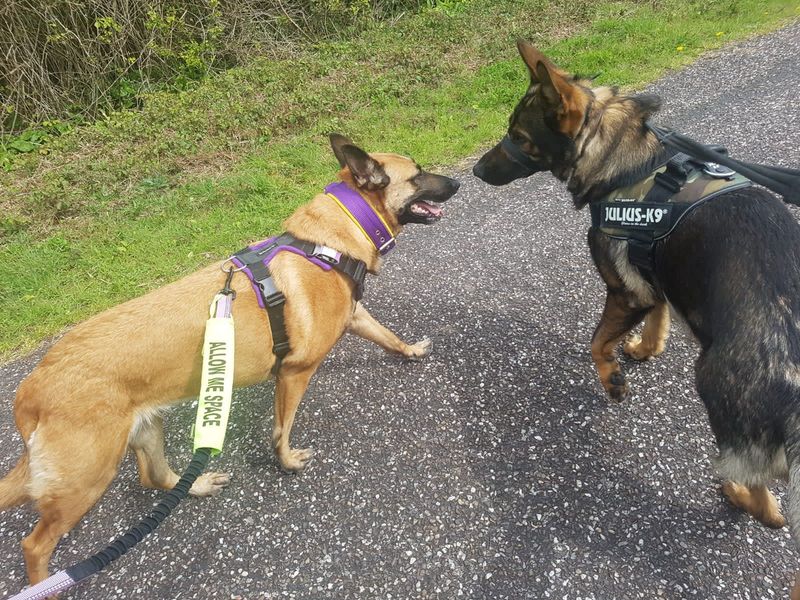Introducing a new dog to your household can be an exciting yet challenging experience. Ensuring a smooth interaction between your current dog and the newcomer is crucial for a harmonious living environment. These expert-backed tips will guide you through a successful dog-to-dog introduction, making the process stress-free and enjoyable for both pets and their owners.
Short, Positive Sessions
Short sessions are key to maintaining positive interactions. Limit the first few meetings to 10-15 minutes to prevent overwhelming the dogs.
Monitor their body language closely, looking for signs of stress or discomfort. A wagging tail and relaxed posture are good indicators of contentment.
Between sessions, separate them with a barrier to give each dog some space to decompress. Gradually increase the duration of their interactions as they become more comfortable with each other. This structured approach fosters a sense of security and builds trust over time.
Use Positive Reinforcement
Positive reinforcement is an effective way to encourage good behavior during dog introductions. Have treats on hand to reward calm and friendly interactions.
Praise the dogs with a cheerful voice, reinforcing their good behavior with treats or affectionate petting. This helps the dogs associate each other with positive experiences.
Gradually reduce the frequency of treats as the dogs become more accustomed to each other. This method not only builds a strong foundation for their relationship but also enhances their training and social skills.
Understand Canine Body Language
Understanding canine body language is crucial for a successful introduction. Dogs communicate primarily through body signals, which can indicate their comfort level.
Look for signs such as tail wagging, relaxed ears, and soft eyes, which usually indicate a friendly demeanor. Conversely, raised hackles, tense posture, or growling may signal discomfort or aggression.
Being mindful of these signals helps you intervene appropriately, ensuring a smooth and safe interaction. This knowledge empowers you to create a supportive environment where both dogs feel secure and understood.
Gradual Introduction to the Home
Bringing the new dog into the home should be a gradual process. Start by allowing them to explore one room at a time, with the resident dog observing from a secure distance.
Keep the environment calm, minimizing distractions and potential stressors. Allow the dogs to interact through a baby gate or a similar barrier, ensuring they can see and smell each other without direct contact.
This method helps the new dog acclimate to the home while avoiding territorial conflicts. Gradually increase their access as they become more comfortable, fostering a peaceful coexistence.
Provide Separate Spaces
Providing separate spaces for each dog is essential in the early stages of introduction. Designate areas where each dog can retreat, offering them a sense of security and personal space.
Equip each space with comfortable bedding, toys, and a water bowl to create a welcoming environment. This setup allows each dog to decompress and adjust to the presence of the other.
As they become more accustomed to sharing their environment, you can gradually allow more shared spaces. This approach respects their individual needs while promoting a smooth transition to cohabitation.
Choose Neutral Ground
Dogs can be territorial, especially in their own home. Choosing a neutral ground, like a local park, can help ease stress and reduce defensive behaviors during their first meeting.
Walking both dogs on leashes allows for controlled interaction, providing a safe environment for initial introductions. Keep a relaxed demeanor, as dogs can sense your anxiety.
After a calm walk together, allow them to sniff each other at a safe distance, rewarding positive behavior with treats. This method encourages positive associations from the beginning, setting the stage for a harmonious relationship.
Supervise Playtime
Supervised playtime is crucial for ensuring safe interactions. Allow the dogs to engage in play while observing their body language and behavior closely.
Intervene if play becomes too rough or if any signs of aggression appear. Encourage calm and friendly play by using toys suitable for both dogs.
Over time, as their interactions remain positive, you can gradually reduce supervision, trusting them to enjoy each other’s company. This practice helps build a strong bond between the dogs, fostering mutual respect and companionship.
Maintain Routine and Structure
Maintaining a routine is vital for reducing stress and promoting harmony. Dogs thrive on consistency, so establish a daily schedule for feeding, walks, and playtime.
Include both dogs in these activities, allowing them to bond through shared experiences. Adhering to a routine helps them anticipate daily events, reducing anxiety and fostering a sense of security.
Structured routines also help manage expectations and ease the transition for the new dog. This approach lays the groundwork for a stable and peaceful household, where both dogs feel content and valued.
Be Patient and Consistent
Patience and consistency are key to a successful dog-to-dog introduction. Building a relationship takes time, and rushing the process can lead to setbacks.
Consistently reinforce positive behaviors and remain patient during challenging moments. Celebrate small victories and remain calm in the face of minor setbacks.
Remember, each dog is unique and may adapt at their own pace. By providing consistent support and understanding, you foster a nurturing environment where both dogs can thrive together, forming a lasting bond.
